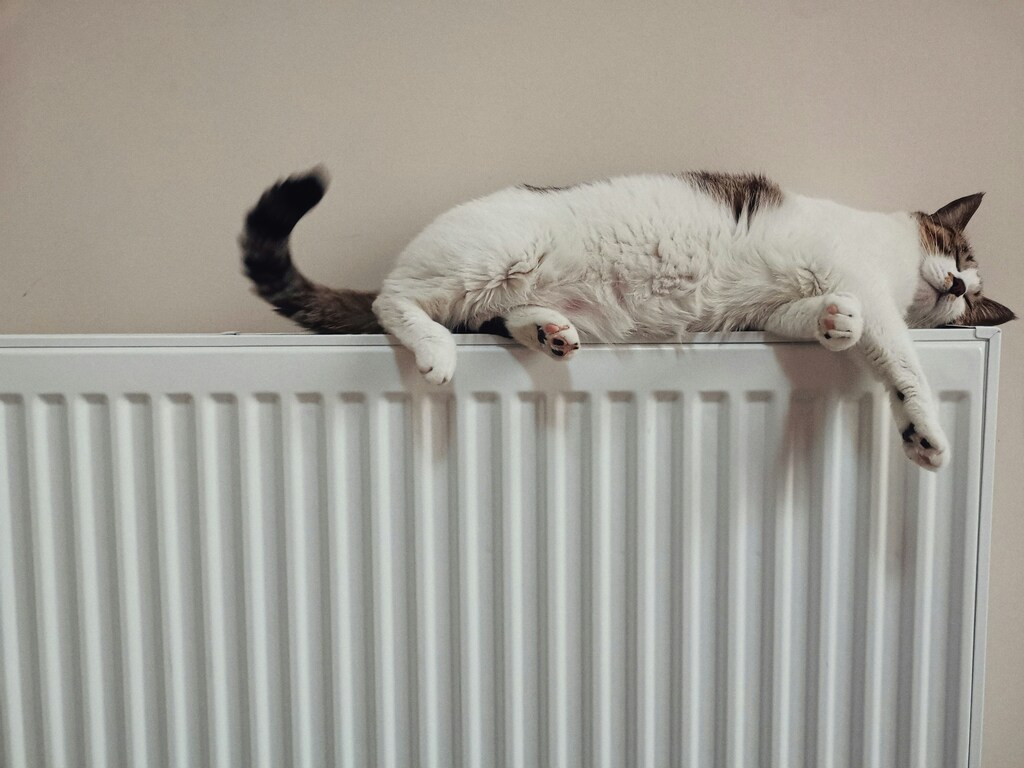Getting Your Home Ready for Winter: A Complete Checklist

As the days get shorter and the temperatures drop, now is the perfect time to prepare your home for winter. Whether you’re living in your home full-time or managing a vacant property, a little preparation can go a long way in preventing damage, reducing energy costs, and avoiding costly repairs.
Cold weather can be especially harsh on unoccupied homes, where small issues can go unnoticed until it’s too late. From burst pipes to roof leaks, winter doesn’t take it easy so staying ahead is key.
1. Seal Up Drafts and Leaks
Drafts waste energy and money.
- Check windows and doors for gaps—use weatherstripping or caulk to seal them.
- Install door sweeps on exterior doors.
- Don’t forget to check around loft hatches and around vents—these often leak heat.
Top Tip: Hold a candle or incense stick near windows and doors. If the smoke wavers, you have a draft!
2. Service Your Heating System
A well-maintained heating system isn’t just about comfort, it’s about safety and efficiency, too. The last thing you want is to discover a heating issue on the coldest day of the year!
- Schedule a professional service for your boiler. A technician can check for any issues, ensure it’s running efficiently, and give you peace of mind.
- Have your chimney swept. Buildup can pose a serious fire hazard, so it’s essential to have your chimney cleaned annually if you use it.
- Clean your fireplace or wood stove, and make sure everything is in good working order. If you rely on wood heat, stock up on seasoned firewood now before demand (and prices) go up!
3. Protect Your Pipes
Frozen pipes can burst and repairs are not cheap. A little prevention now can save you from a costly headache later.
- Insulate exposed pipes, especially in unheated areas like garages and lofts. Foam insulation sleeves are affordable and easy to install.
- Disconnect and drain all outdoor hoses and shut off the water supply to external taps if possible. Leave the tap open slightly to let any remaining water drain out.
- Shut off exterior water lines from the inside if your home is equipped to do so. This prevents freezing further down the line.
- During particularly cold spells, let indoor faucets drip slightly, especially those on exterior walls. The continuous movement of water helps prevent freezing.
Tip for vacant homes: Turn off the main water supply completely and drain the system if the property will be unoccupied for the winter.
4. Inspect Your Roof and Gutters
Leaks and water damage can all stem from poor roof and gutter maintenance. Repairs in winter are often more difficult and expensive.
Take these steps before the first frost:
- Check for loose or damaged shingles that could let water seep in during rain or snow.
- Clear out gutters and downspouts to make sure water can drain properly. Clogged gutters can lead to roof leaks.
- Consider installing gutter guards to help prevent leaves and debris from causing future blockages.
- Inspect around skylights, chimneys, and vents for cracked seals or visible wear. These are common trouble spots for leaks.
5. Check Safety Devices
Heating systems, fireplaces, and increased indoor activity during winter can raise the risk of fires or carbon monoxide leaks so now is the time to make sure your safety devices are ready.
- Test all smoke detectors and carbon monoxide alarms to ensure they’re working properly.
- Replace batteries in all alarms, even if they seem fine.
- If your alarms are more than 10 years old, it may be time to replace them altogether. 6. Save on Energy
7. Save on Energy
Winter energy bills can climb quickly but a few simple changes can make a noticeable difference in both comfort and cost.
- Use programmable thermostats to automatically lower the temperature when you are sleeping or out of the house.
- Switch ceiling fans to rotate clockwise. This helps push warm air down and distribute heat more evenly.
- Hang thermal or insulated curtains, especially in rooms with large windows, to block out cold air at night.
- Review your energy provider’s current rates and tariffs. You may be able to switch to a more affordable plan or lock in a fixed rate before winter usage peaks.
If you’re preparing a vacant or seasonal property for winter, you’ll want to take a few additional steps to ensure it stays protected in your absence.
Shut Off the Water Supply
- Turn off the main water valve to prevent frozen pipes.
- Drain the plumbing system by opening all taps and flushing toilets.
Lower the Thermostat (But Don’t Turn It Off)
- Keep the heating system set to at least 12–15°C to prevent freezing in key areas.
- Install a smart thermostat so you can monitor and adjust temperatures remotely.
Unplug Appliances and Electronics
- Prevent electrical issues or phantom power use by unplugging everything except essential systems (e.g. heating, security).
Secure and Monitor the Property
- Double-check locks, windows, and exterior access points.
- Install motion-sensor lights or a basic security camera system.
- If possible, ask a neighbour or property manager to check in.
Clear the Gutters and Inspect the Roof (Again)
- With no one around to spot a leak or collapse, it’s critical to do a thorough pre-winter inspection.
Leave Interior Doors Open
- This allows air to circulate and helps keep an even temperature throughout the home, especially around plumbing.
Winter does not have to bring stress and skyrocketing energy bills. With a weekend of prep and some smart upgrades, your home can stay cosy, safe, and efficient all season long!





